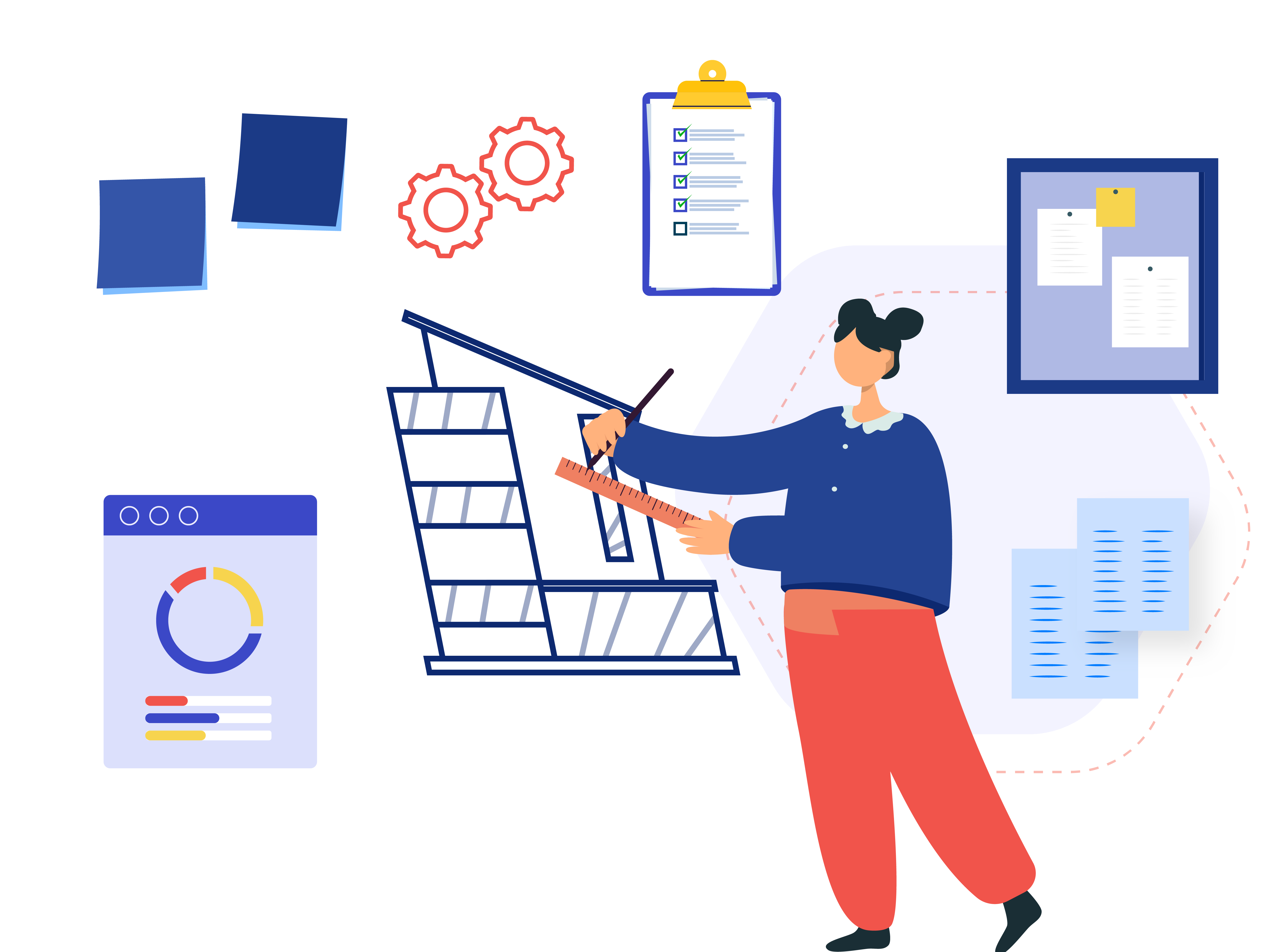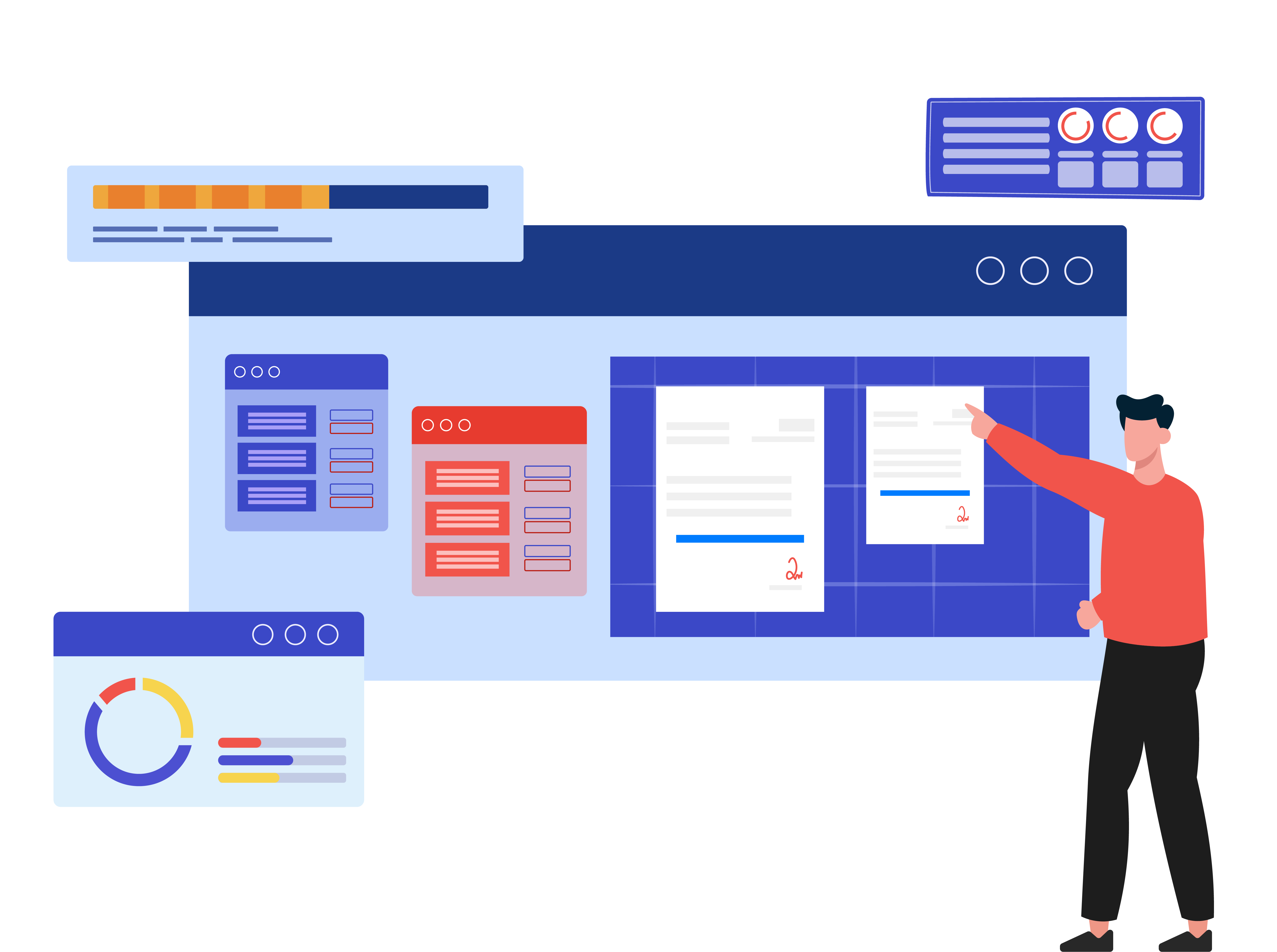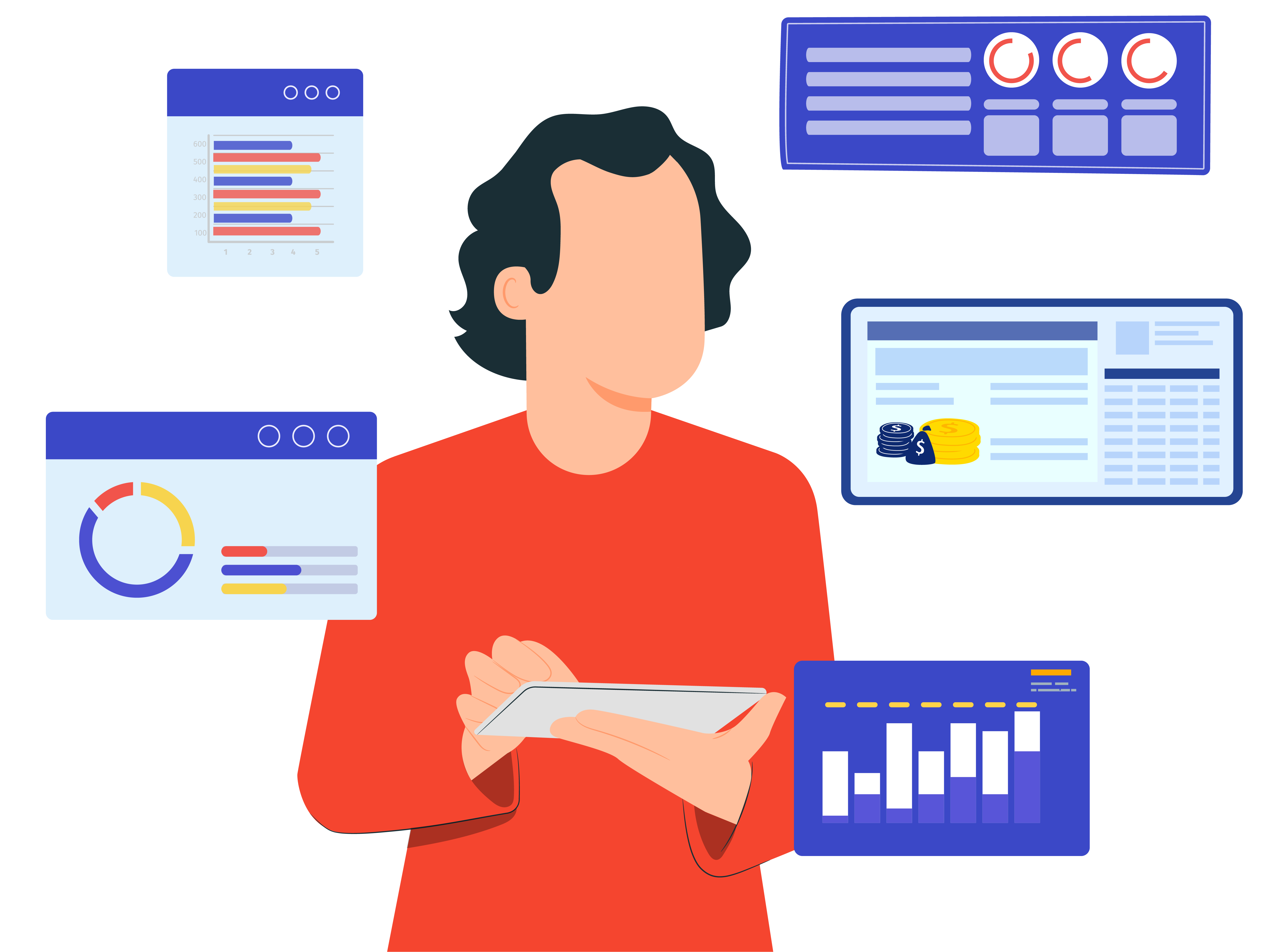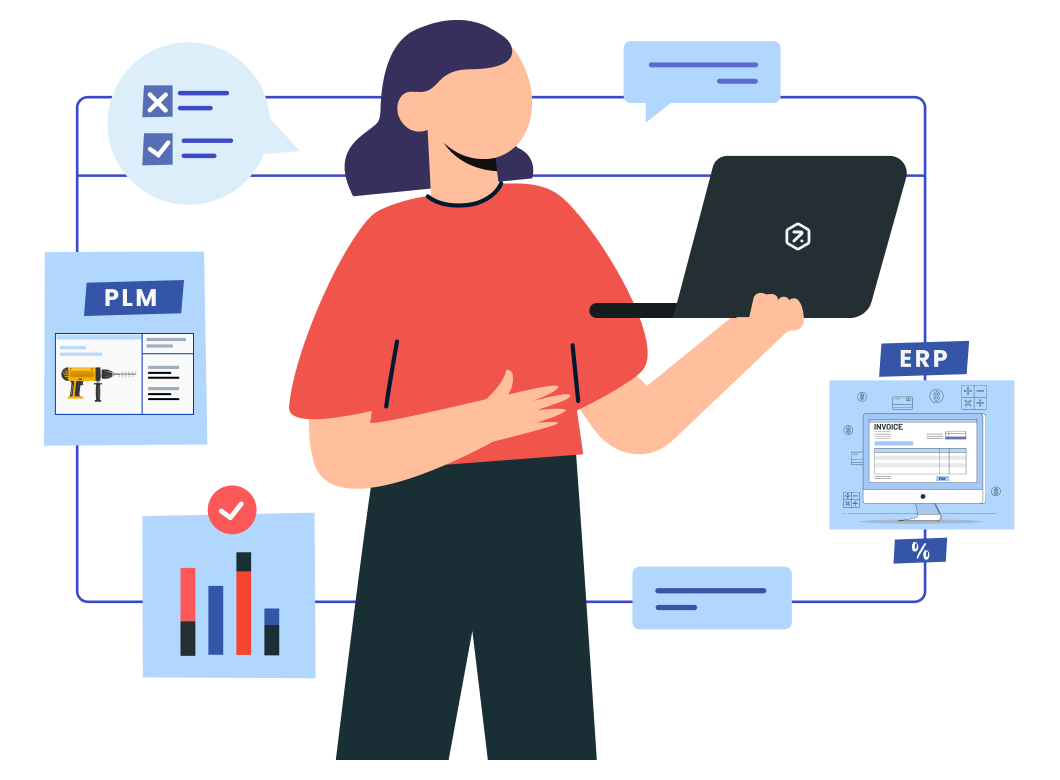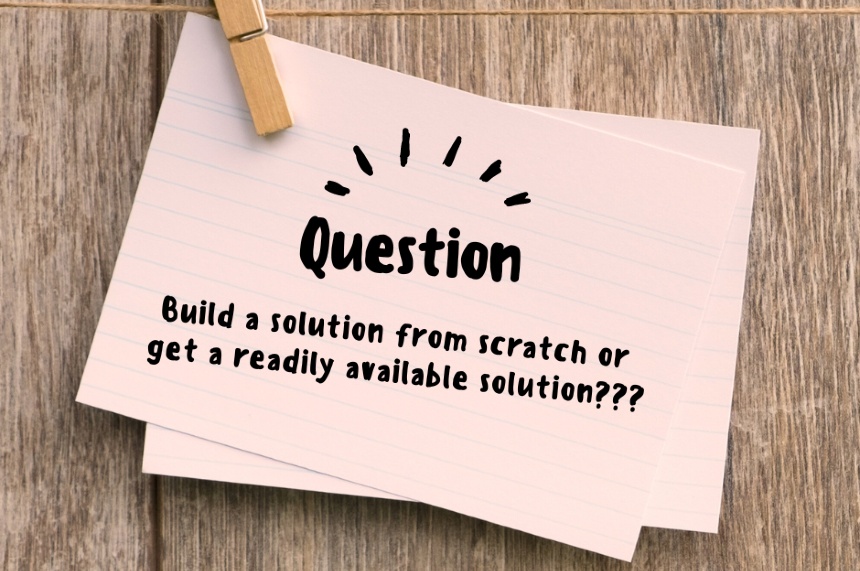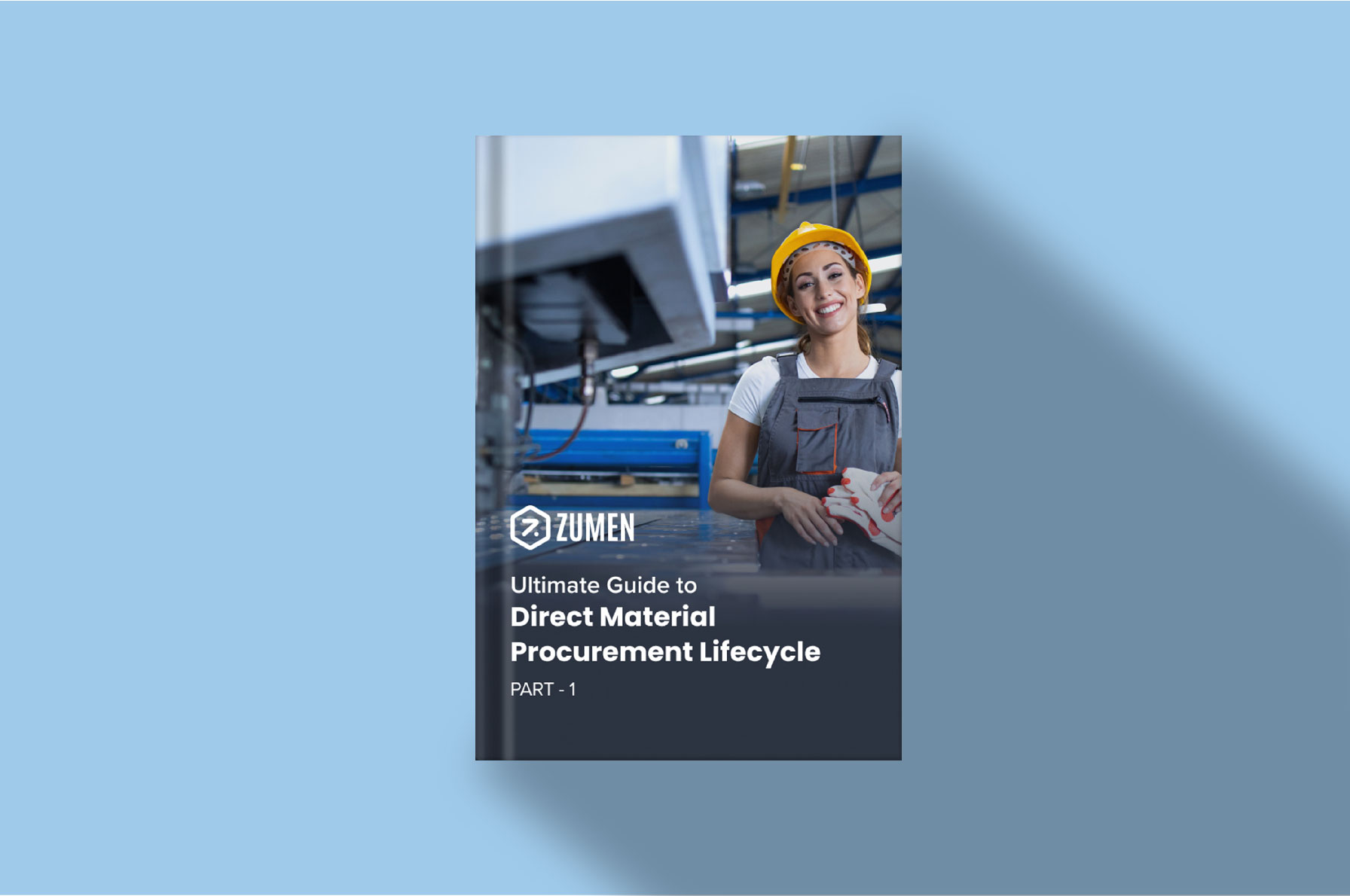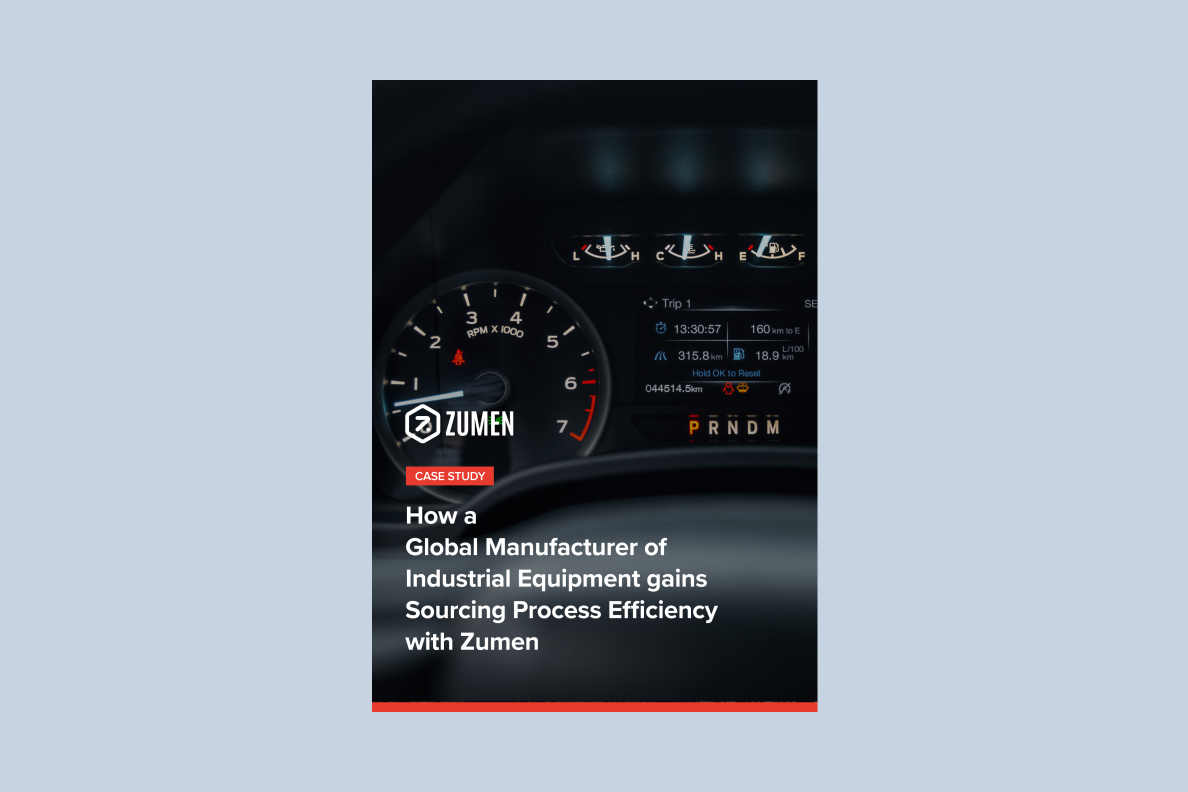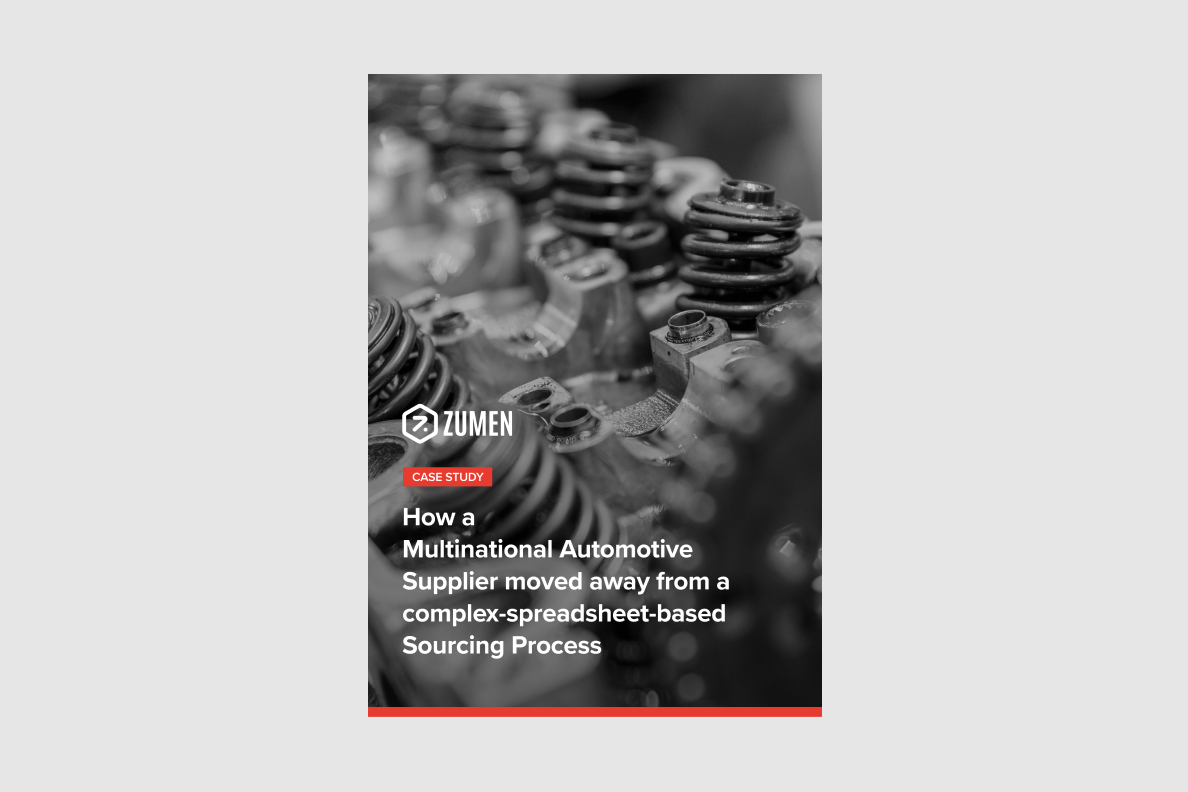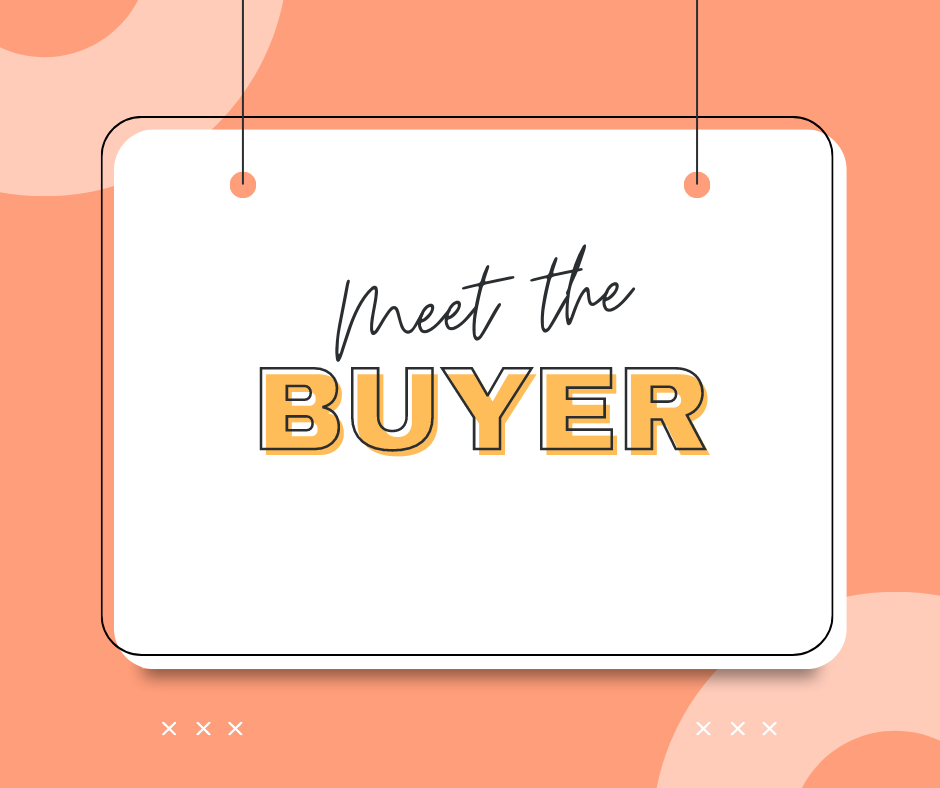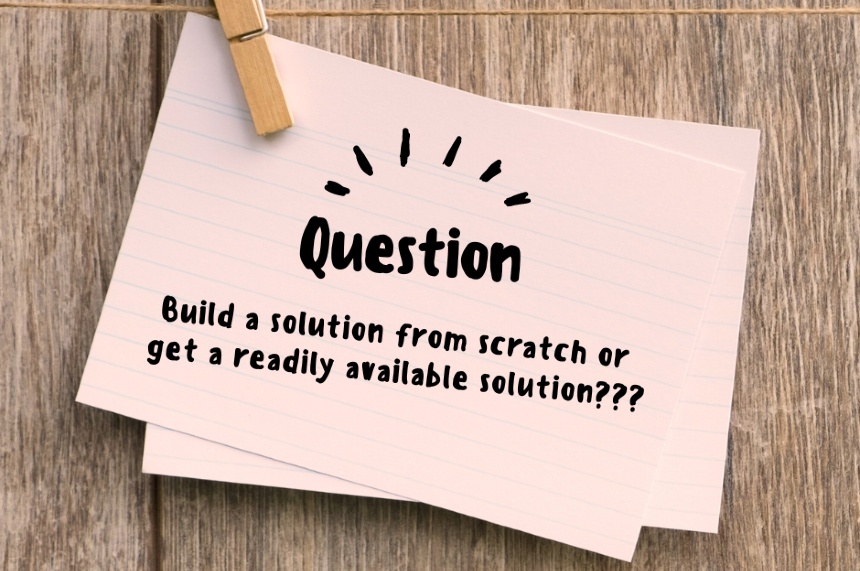Source to Pay software: The What? The Why? And the top 5 aspects to look out for
Business | November 10, 2021 | By
Companies in the manufacturing industry
is growing at a good pace, and companies have a lot riding on them since the industry is moving towards saying “Business as usual.” The term, though quite old, means a lot more than it was earlier. In today’s parlance, Business-as-usual means delivering results even under testing circumstances while ensuring resilience for situations like another global pandemic, serious geopolitical concerns, and politico-economic situations like BREXIT.
Procurement teams
are one of the key pillars of an enterprise that need to support growth in a manufacturing organization. They handle almost 70% of the enterprise’s revenue (Direct material procurement) and a large portion of the work (handling several thousand components) is still being processed using email and spreadsheets that get lost or buried in the sands of time. How do we know? We have been there and done that (a cumulative 60+ years of experience in the manufacturing sector). Sadly, they have been one of the worst affected functions in recent times. But all is not gloom and doom. The industry is witnessing a paradigm shift towards digital transition, necessitated by the pandemic, to better equip for the future, and Procurement & Supply Chain are right in the middle of all the action.
What is S2P software? And why do we highly recommend it?
A Source-to-Pay software is an end-to-end platform that connects everything from design to sourcing to purchasing to payments of goods and services across an enterprise, all in a single user-intuitive interface. But, one might have this question,
“With procurement and IT teams still looking for established brands in the Procure-to-Pay space. What is the need for a Source-to-pay?” Our answer to this question is simple. Procure-to-Pay software is, without a doubt, a great tool. But with focus only on the procurement to payment and not covering development sourcing, production sourcing(especially sourcing for New Product Development), supplier management required for NPD, and Direct Material Procurement.
Sourcing and procurement teams in most manufacturing industries are not fully benefited by the digital explosion. There is no dedicated software for NPD and direct material procurement, and unfortunately, a large portion of the work is being done manually. The pitfalls of such practices are,
- Manual errors in data entry and reentry, all of which need to be eliminated.
- Poor supplier management leads to poor buyer-supplier relationships.
- High risks in the process executions since there is no transparency in data visibility.
All of the above stifles growth and leads to below-par outputs, thereby hitting the bottom line.
With capabilities like sourcing new suppliers, quicker vendor onboarding, design change accommodation and execution at ease, collaborative workflows, comprehensive product cost summary, live tracking, and quotation & invoice automation, a Source-to-Pay software is the requisite or must-have tool for sourcing and procurement teams of today and tomorrow providing complete visibility with a holistic view across all the processes in the procurement cycle.
The top 5 things to look out for in Source-to-Pay software:
Now that you know what Source-to-Pay software is and why we recommend S2P for your manufacturing enterprise, you might be tempted to explore it if not onboard one. In Source-to-Pay software, certain modules are a must-have feature, just like the higher range in EVs (which, though difficult, very few manufacturers have achieved). We have listed below the top 5 aspects to look for in Source-to-Pay software and we recommend that you take a look.
1. Look for a Software agnostic, easy-to-use platform:
The Source-to-Pay software should not be choosy while integrating with PLM and ERP platforms. It should seamlessly integrate with any combination of PLM and ERP software and start functioning without more ado. Also, with a simple interface, the buyers will not feel overwhelmed like they would in legacy software, for which it takes months or sometimes even years to implement and even more months for training. Digitalization as easy as 1,2,3 is the future. Such features reap benefits in high magnitudes. The likes being
- Easy deployment resulting in reduced downtimes in plant operations.
- A simple interface equals little time needed for training. Buyers can start the next era of sourcing and procurement as quickly as possible.
- No additional investment is needed for a different version of PLM or ERP compatible with the new Source-to-Pay software.
- No more siloed working. Complete integration of PLM-S2P-ERP software improves collaboration manifold and increases visibility across touchpoints in the procurement process.
2. Scrap insecurities about data security:
The S2P software should be complying with the global standards and protocols for maintaining data in the cloud. No compromises on that. Also, manufacturing organizations work with numerous vendors and for every vendor and every variety of components, they have to share the design documents needed for production. This happens via emails and printouts, not the ideal way to share an exquisitely engineered design document.
Instead, just like in Zumen, the software should have a feature for vendors to select the format of the design document needed (2D, 3D, etc), which gets approved internally by the approver from the buyer organization (this approval shall be according to the organization’s workflow). The document is then retrieved from the database automatically by the software and sent to the vendor. All this should happen within the S2P system. No emails. No printouts. No data insecurity.
3. All the information needed in one dashboard:
Data is everywhere. Using the data at the right time, at the right place, and in the right way is very important. The existing PLM and ERP platforms have tons of data but do not provide any actionable insights. Buyers spend most of their time gathering data for reports, material statuses, comparing BOMs, RFx, and costs. Which becomes very tedious when several thousand parts are involved.
With a one-screen dashboard view like in Zumen Source-to-Pay, reporting becomes automatic, and all the requisite data is available when and where it is needed. The result – buyers can afford to focus on strategic decision-making rather than fret over trivial issues like foraging for data for instance. The dashboard should also be workflow compatible, gelling with any workflow unique to the organization. One solution fits all does work here!
4. Live data tracking and complete visibility:
According to Mckinsey, 25%-45% of the product launches fail. Despite having robust processes manufacturing organizations are finding it a challenge to optimize them due to various external factors. One of the reasons is that NPD and direct material procurement do not have any dedicated software for their core functions such as development & production sourcing, and supplier management apart from the regular procurement functions. The existing Procure-to-Pay software does not provide all these much sought-after features. What is needed is Source-to-Pay software with,
- A comprehensive supplier evaluation capability with customizable templates.
- Live material tracking from the suppliers and inventory management.
- Complete statuses of Build Plans and Build readiness.
- An Effective Program Management feature with complete data visibility across the S2P cycle for immediate responses on red flags.
- Instant updates on engineering design changes to all stakeholders with simplified ECN and ECO workflows.
5. Automated quotation and invoice processing capabilities:
Quotation and invoice processing are a few of the main steps in the Source-to-Pay cycle. Even today, many manufacturing organizations conduct discussions on quotations in emails and spreadsheets, which is difficult when the data is required as a reference for future transactions and comparisons.
Meticulous data gathering and entry are of prima facie importance. Even a minor mistake here will lead to irrevocable situations leading to unimaginable losses. But, manual data entry may lead to mistakes since doing the same work for thousands of quotations and invoices is not an ordinary feat.
The Source-to-Pay software should be capable of reading the data in the uploaded quotation or invoice file and mapping it to the required cell in the table with the help of ML and AI, eliminating manual data entry. Thus, handling of Quotations and Invoices becomes omnichannel. There should also be provisions for price breaks in the quotation and a 4-way check(PO, GRN, QA, and PRN) in invoice processing. Thus, with the help of AI and Ml, buyers and vendors get more work done in a short time, focusing on core decision-making.
Final Verdict: Invest in a Procurement Technology
The only constant in this world is changing. Change is inevitable and is synonymous with the industry of today. The manufacturing sector, or any other sector for that matter, is still facing the wrath of the pandemic testing the resilience of industries. But, many have bounced back stronger. One of the common aspects of their successes is that these organizations have either already invested in technology, or have quickly adopted, assimilated, and adapted to digital transformation.
Sourcing and procurement teams are one of the backbones of any manufacturing organization. Yet, we feel that the importance of investment in procurement technology is not paramount. It is high time that manufacturing organizations start investing in digital transformation. A journey, which should be part of the daily process inclusive of all stakeholders for successful implementation.
With best-of-breed solutions, achieve better performance, improved efficacy in deliverables, higher process agility, and risk mitigations. Eliminate the bottlenecks procurement and sourcing teams face during NPD and direct material procurement.
Keeping in mind that any delay in the product launches or On-time delivery failures leads to both the customer and the organization getting affected, working with the next-gen Source-to-Pay solutions is suggested. We hope you have included one in your IT budget. If you have not considered it yet, we will help you out. Get in touch with us to schedule a free demo.
